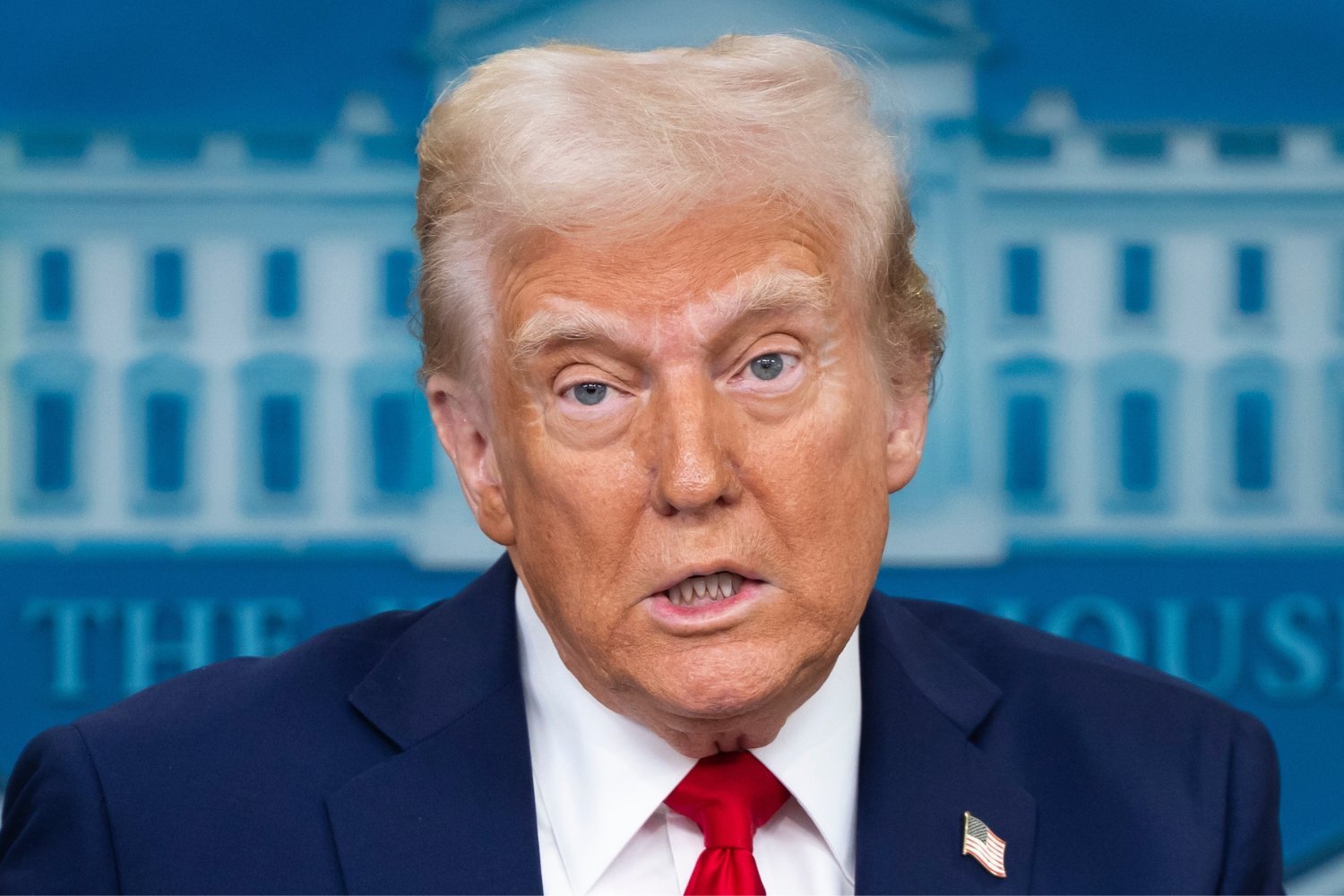The Trump administration’s proposed 2026 budget reveals significant cuts to key scientific and public health agencies, raising concerns about the future of medical research and disease prevention in the United States. The White House is advocating for substantial reductions in funding for institutions like the National Institutes of Health (NIH), the Centers for Disease Control and Prevention (CDC), and the National Science Foundation (NSF).
The proposed budget, released by the White House, outlines a $163 billion decrease in non-defense discretionary spending, representing a 22% reduction compared to the current fiscal year’s budget. Specifically, the proposal calls for an $18 billion cut to the NIH (approximately 40% of its current budget), a $4 billion cut to the CDC (roughly 50%), and a $4 billion reduction for the NSF (55%). The proposal also suggests eliminating entire divisions within these agencies, including those focused on mental health and gun violence prevention, under the guise of reorganization. Conversely, the administration is proposing a 13% increase in military spending, bringing it to $1.01 trillion.
While these “skinny” budgets often serve as symbolic gestures, given Congress’s ultimate authority over budget approval, the current political climate suggests these proposals may carry more weight. With Republicans controlling both houses of Congress and the Trump administration’s demonstrated willingness to circumvent previously allocated funding (despite ongoing legal challenges), the potential for these cuts to materialize is concerning.
The Impact of Funding Cuts on Medical Research
The NIH plays a crucial role in driving medical advancements and developing new treatments. Research consistently demonstrates the NIH’s impact on pharmaceutical innovation. A 2018 study indicated that NIH-funded research contributed to the development of every new drug approved in the U.S. between 2010 and 2016. Furthermore, a 2023 study revealed that the NIH’s investment per drug matched that of the pharmaceutical industry for treatments approved between 2010 and 2019. This funding primarily supports basic research, the foundation for discovering and validating potential new drugs, exemplified by the NIH’s contribution to the development of GLP-1 drugs, which ultimately led to medications like Ozempic.
Public Health Implications of Budget Reductions
The CDC serves as the cornerstone of the nation’s public health infrastructure, providing essential support to state and local health departments. These departments rely heavily on the CDC’s resources, including comprehensive lab testing capabilities. The CDC’s responsibilities range from preventing outbreaks on cruise ships (a program previously impacted by Trump administration cuts) to combating public health crises like drug overdoses, HIV/AIDS, and tuberculosis. The proposed budget cuts could significantly hinder progress made in addressing these critical health issues.
Conflicting Priorities and Misinformation
While the proposed budget includes $500 million for Health Secretary Robert F. Kennedy Jr.’s “Make America Healthy Again” (MAHA) initiative, aimed at addressing the root causes of chronic disease, this allocation appears contradictory. Kennedy’s tenure has been marked by substantial funding and job cuts within the Department of Health and Human Services, including programs targeting heart disease and other chronic illnesses. Furthermore, Kennedy’s history of promoting misinformation about vaccine safety and autism, along with his endorsement of unsubstantiated theories like chemtrails, casts doubt on his commitment to evidence-based public health practices.
Long-Term Consequences
The Trump administration’s budget proposals pose a substantial threat to the future of scientific research and public health in the United States. The potential consequences of these cuts are far-reaching, impacting everything from food safety to disease prevention efforts. The long-term effects of reduced funding for scientific advancement and public health infrastructure could have devastating consequences for generations to come.











